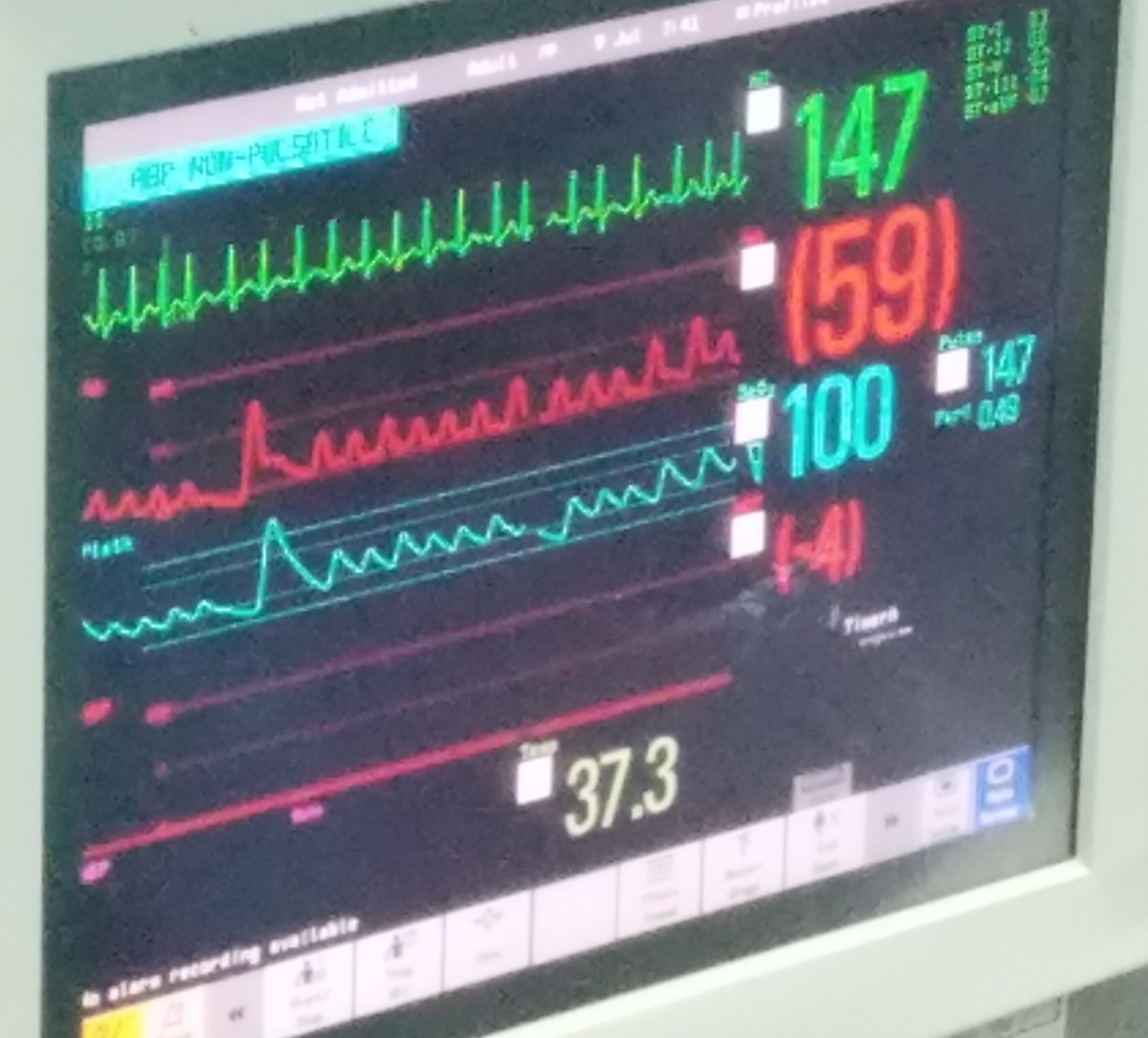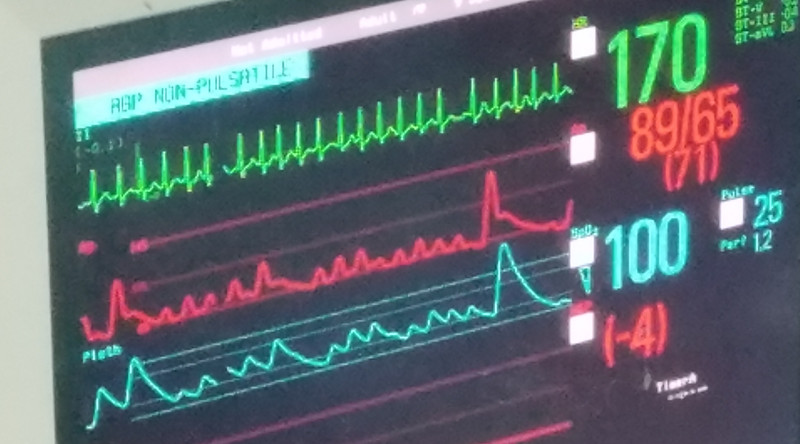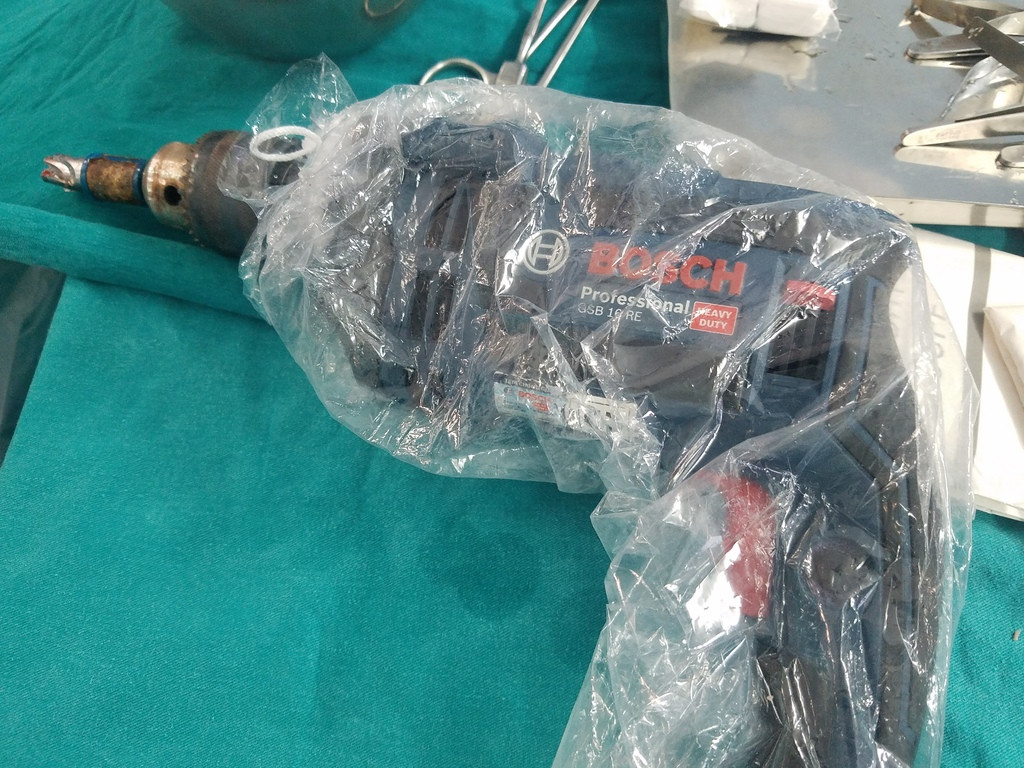- Joined
- Sep 17, 2016
- Messages
- 778
- Reaction score
- 1,251
Now that I'm out in the real world doing anesthesia, I'm learning so much from my colleagues that would be unimaginable in residency. So many things that seemed so critical, so vital, now when supervising multiple rooms, really no longer seem to matter. Pre-induction alines for severe valvular disease? Pfft who needs it! OB airways are difficult and avoid GA at all costs? Yea right! Can't do a spinal after a failed epidural? Puh-lease!
However, sometimes it's hard to tell whether I'm concerned about something that was ingrained in me unnecessarily by an ivory tower attending vs maybe the people around me are lackadaisical and I shouldn't pick up their practice patterns. Hence I've come here to ask, what are the things you insist happen in the OR for a safe anesthetic that you feel maybe some other MDs or CRNAs are lax on? I don't want to pick up habits that could compromise patient care...
I'll start first:
If there's someone's airway I'm concerned about, I really want to see good pre-oxygenation, meaning a good seal, and to see TVs and EtCO2 and EtO2>70% on the monitor. Not just place the mask on the patients face and look at me like why I'm not inducing yet...
However, sometimes it's hard to tell whether I'm concerned about something that was ingrained in me unnecessarily by an ivory tower attending vs maybe the people around me are lackadaisical and I shouldn't pick up their practice patterns. Hence I've come here to ask, what are the things you insist happen in the OR for a safe anesthetic that you feel maybe some other MDs or CRNAs are lax on? I don't want to pick up habits that could compromise patient care...
I'll start first:
If there's someone's airway I'm concerned about, I really want to see good pre-oxygenation, meaning a good seal, and to see TVs and EtCO2 and EtO2>70% on the monitor. Not just place the mask on the patients face and look at me like why I'm not inducing yet...

 Fat fingers late at night...
Fat fingers late at night...


